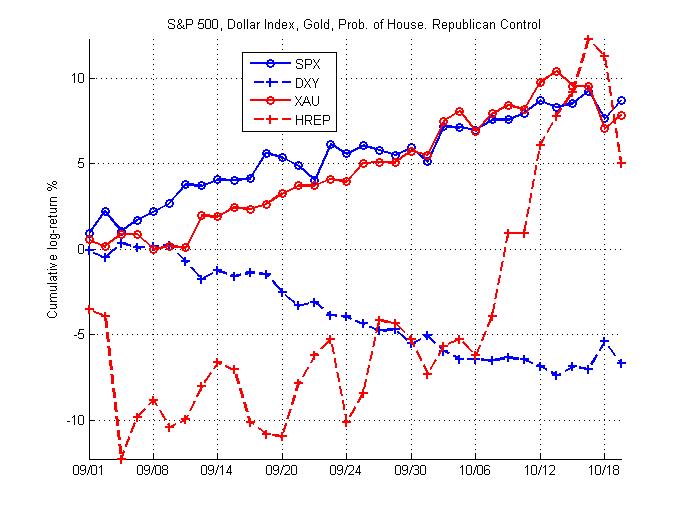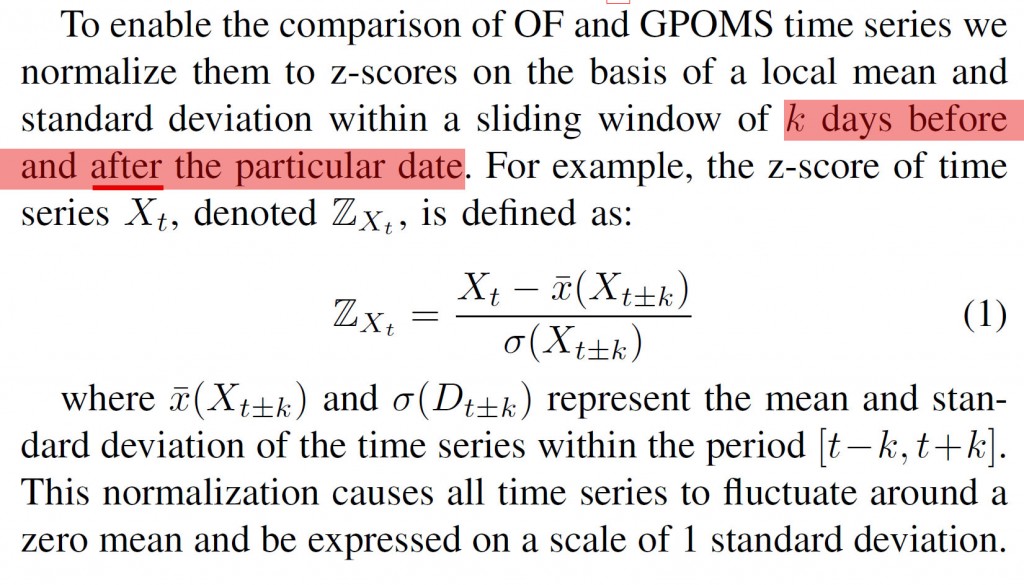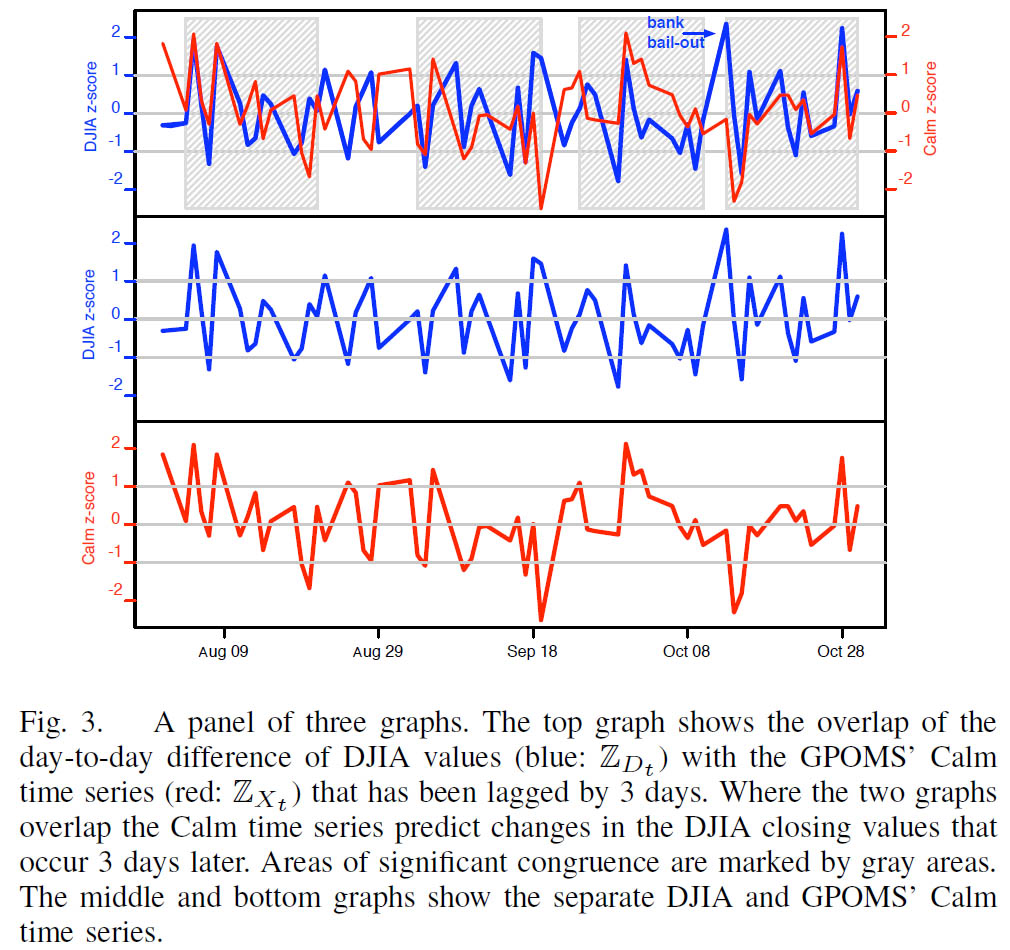For anyone interested in the legal background on MERS, the Mortgage Electronic Registration System, I strongly recommend this very accessible law review by Christopher Peterson. There are two take-aways that I will emphasize. First, a substantial body of case law stands behind the principle that ”[a] note and mortgage are inseparable…, the assignment of the note carries with it the mortgage, while an assignment of the latter alone is a nullity” (id, pg. 7). Second, municipalities may have ground to claim reimbursement for unpaid mortgage assignments over the past 15 years. These unpaid county recorder fees may also constitute tax fraud, and penalties and interest may therefore apply to the total amounts.
Below is the abstract and citation:
Hundreds of thousands of home foreclosure lawsuits have focused judicial scrutiny on the Mortgage Electronic Registration System (“MERS”). This Article updates and expands upon an earlier piece by exploring the implications of state Supreme Court decisions holding that MERS is not a mortgagee in security agreements that list it as such. In particular this Article looks at: (1) the consequences on land title records of recording mortgages in the name of a purported mortgagee that is not actually mortgagee as a matter of law; (2) whether a security agreement that fails to name an actual mortgagee can successfully convey a property interest; and (3) whether county governments may be entitled to reimbursement of recording fees avoided through the use of false statements associated with the MERS system. This Article concludes with a discussion of steps needed to rebuild trustworthy real property ownership records.
Peterson, Christopher Lewis, Two Faces: Demystifying the Mortgage Electronic Registration System’s Land Title Theory (September 19, 2010). Real Property, Probate and Trust Law Journal, Forthcoming. Available at SSRN.
Though the article does take a normative (rather than objective) stance on some points, the article text provides an excellent summary of issues with MERS and its footnotes list many additional sources of information.


